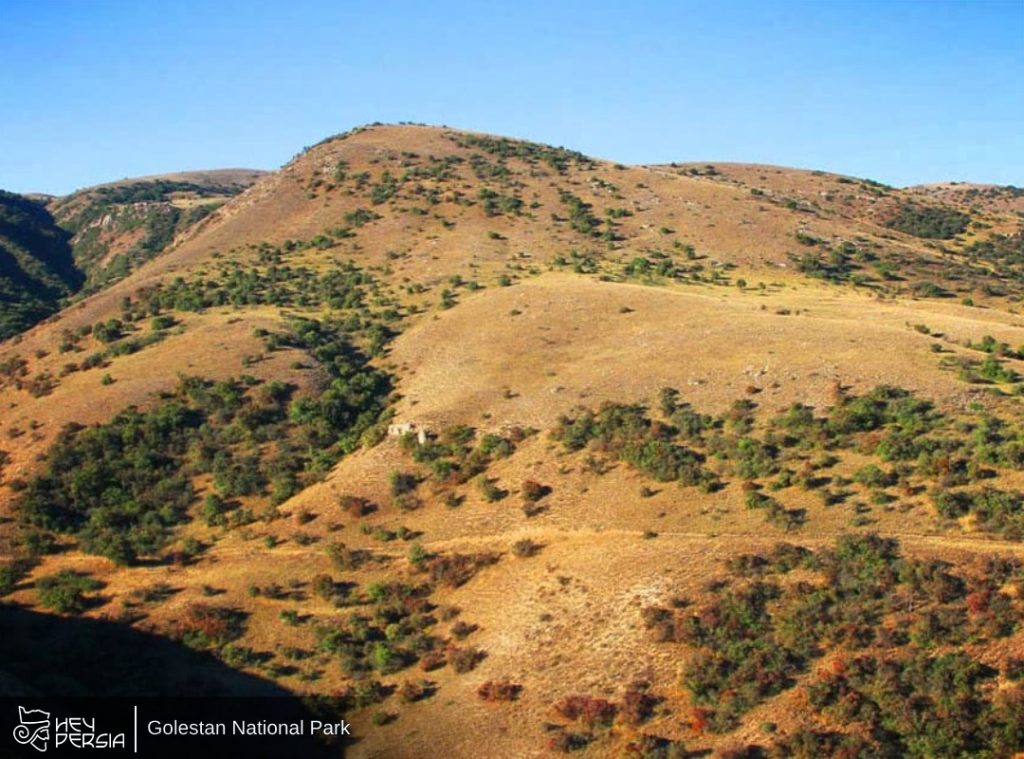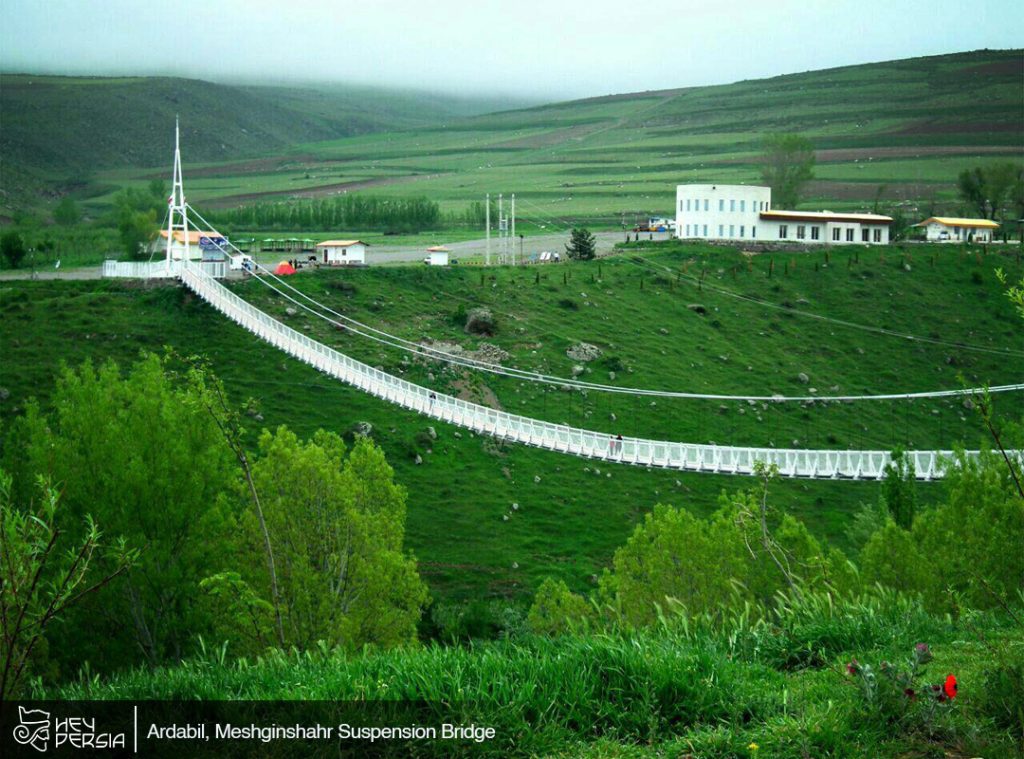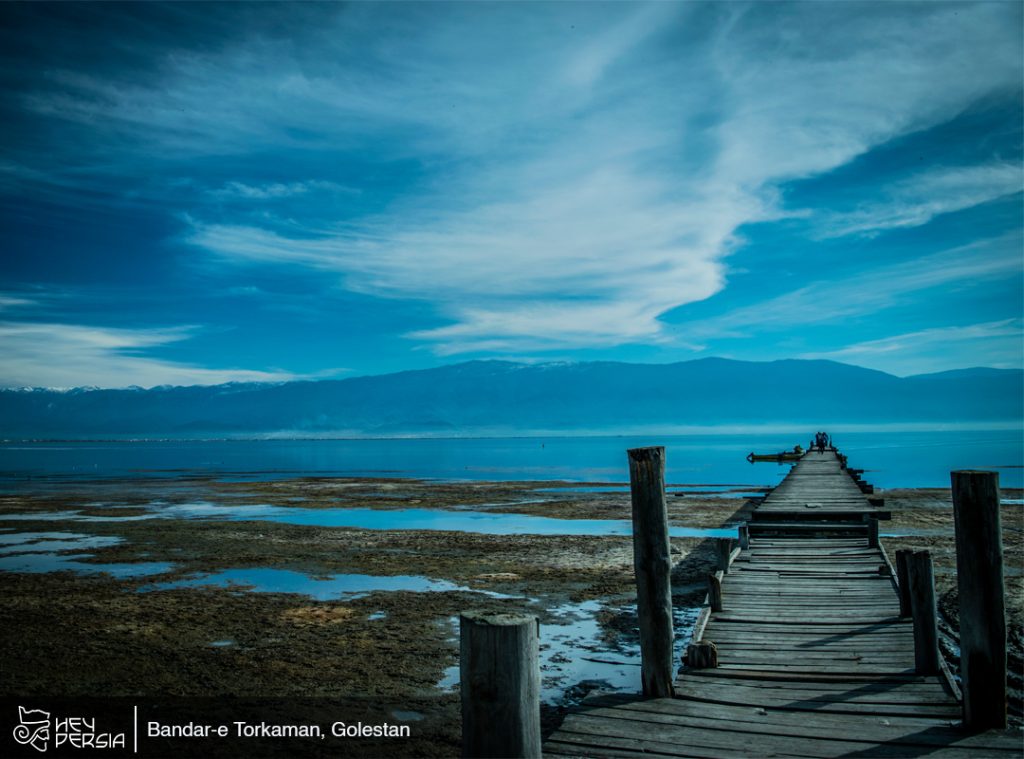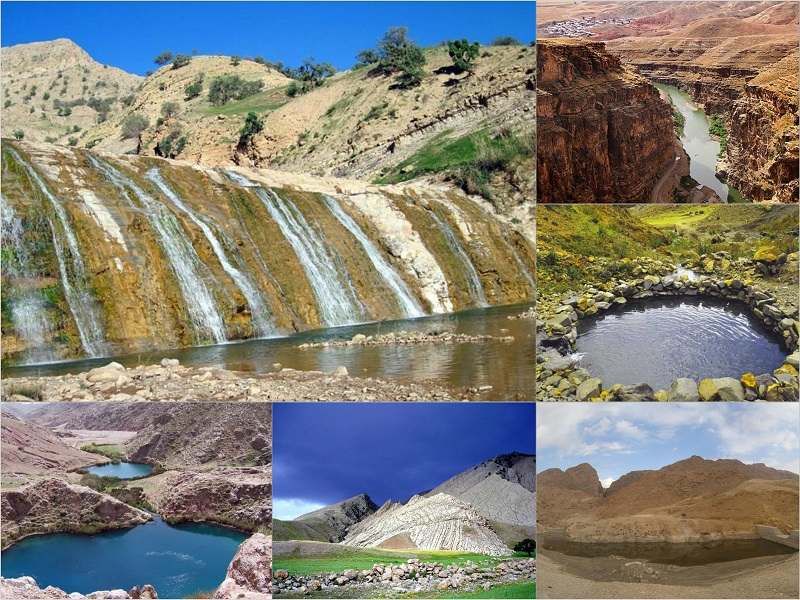Have you ever driven through Golestan National Park? If you’ve traveled to the holy shrine of Imam Reza in Mashhad or visited Golestan Province, chances are you’ve passed through this breathtakingly beautiful park. Did you know it’s Iran’s very first national park? Curious about its size, wildlife, plant life, or must-see attractions? Join us on the Hey Persia blog as we dive into everything you need to know about Golestan National Park—its history, vast expanse, incredible biodiversity, and more. Let’s explore!
Table of contents
- Where is Golestan National Park?
- How Big is it?
- The History this Park
- What’s the Climate Like in Golestan National Park?
- Wildlife in Golestan National Park
- Plant Life in Golestan National Park
- Must-See Attractions in Golestan National Park
- The Best Time to Visit Golestan National Park
- How to Get to Golestan National Park
- Final Thoughts
Where is Golestan National Park?
Nestled 15 kilometers from Galikesh, a district of Minudasht, Golestan National Park sits at the eastern edge of the Alborz Mountains and Iran’s northern forests. Most of the park lies in Golestan Province, with 34% in North Khorasan Province and a small portion in Semnan Province.
How Big is it?
Spanning 874.2 square kilometers, Golestan National Park is a haven for wildlife, hosting nearly half of Iran’s mammal species. As the country’s oldest national park, it boasts a biodiversity that surpasses some European countries, making it a unique ecological treasure. In 1977, UNESCO recognized Golestan National Park as a Biosphere Reserve, cementing its global significance.
The History this Park
The park’s story began in 1957 when it was designated as the “Almeh and Vaishki Protected Area” by Iran’s Hunting Council. Over the years, it underwent several name changes until 1967, when it was officially declared Iran’s first national park. Additionally, In 1975, UNESCO listed it as a Biosphere Reserve. After the 1979 Islamic Revolution, it was renamed Golestan and placed under the protection of Iran’s Environmental Organization. It is Iran’s 15th natural heritage site, registered by the Cultural Heritage Organization.
What’s the Climate Like in Golestan National Park?
You might imagine Golestan National Park as a lush, green forest, but its terrain is incredibly diverse, ranging from towering limestone cliffs to rolling hills. With an elevation difference of about 2,000 meters, the park experiences a wide range of climates, from very humid to semi-arid. Moreover, Rainfall varies between 150 and 700 millimeters annually, and temperatures swing from -25°C to 35°C, with an average of 11.5°C to 17.5°C.
The park’s most famous waterfalls, Aq Su and Golestan Waterfall, stand 70 meters tall with a flow of 30 liters per second. Over 21 springs dot the park, adding to its allure.
Wildlife in Golestan National Park
Golestan is a wildlife paradise, home to one-eighth of Iran’s plant species, one-third of its birds, and over 50% of its mammals. Key mammals include maral deer, roe deer, wild boar, Persian gazelle, urial sheep, wild goat, jungle cat, porcupine, wolf, lynx, and red fox.
The park is particularly known for its large wild boar population, which fearlessly roam near roads. It hosts 149 bird species across 15 orders, 42 families, and 89 genera, with 48 species visiting in spring and summer and 62 native to the park.
Leopards and brown bears are the park’s largest carnivores. The iconic urial sheep, Iran’s oldest and largest wild sheep subspecies, is a symbol of the park, though its population has dwindled. The rare forest marten, found only in here, adds to the park’s genetic value. Sadly, 19 species in the park are at risk of extinction, underscoring the need for conservation.
Plant Life in Golestan National Park
Generally, The park’s varied elevation fosters a rich tapestry of over 1,400 plant species. Notable trees and shrubs include oak, hornbeam, maple, linden, ash, alder, elm, wild pear, fig, mulberry, hackberry, medlar, hawthorn, blackthorn, wild plum, barberry, tamarisk, and juniper, alongside countless others like wild pomegranate, pear, and rosehip.
Must-See Attractions in Golestan National Park
Springs and Waterfalls
The park is dotted with stunning waterfalls and springs. The towering Aq Su (70 meters) and Ouchar (110 meters) waterfalls are highlights, while major rivers like Qartu, Zaw, and Madarsoo flow through the landscape. Among the 21 springs, Dushan, Sardar Khaneh, Janu, Golestan, Golshan, and Karkouli stand out. Pay a visit to other forests in Iran.
Mountains and Valleys
Beyond its lush forests, the park features dramatic mountains like Shakh, Tangeh Gol, Yekeh Qadam, Almeh, and Qareh Qashli, as well as iconic valleys like Qezqaleh, Jamshidabad, Adanas, Ali Dali, Qarqun, Aq Su, and Khoshk.
The Best Time to Visit Golestan National Park
Spring and summer are ideal for visiting, with vibrant greenery and mild weather. Fall transforms the park into a colorful spectacle with its broadleaf trees, perfect for nature lovers. Winter has its own charm, but you’ll need a 4WD vehicle and caution due to potential wolf encounters.
How to Get to Golestan National Park
With its vast 900-square-kilometer expanse, the park is accessible via multiple routes, but the main one is the Gorgan-Mashhad road. From Gorgan, it’s a 135-kilometer drive (about 2 hours). From North Khorasan’s Bojnurd, it’s 159 kilometers (also 2 hours). Ultimately, For those coming from Semnan, head to Shahroud first, then proceed to the park.
Final Thoughts
Finally, Golestan National Park, Iran’s largest and oldest national park, was added to the National Heritage List in 2008. If you’re eager to explore this verdant wonderland, join us at Hey Persia Travel Agency for an unforgettable adventure. Our tours cater to curious travelers, especially those seeking unique, off-the-beaten-path experiences. Sign up today, and let’s discover Iran’s natural treasures together!





